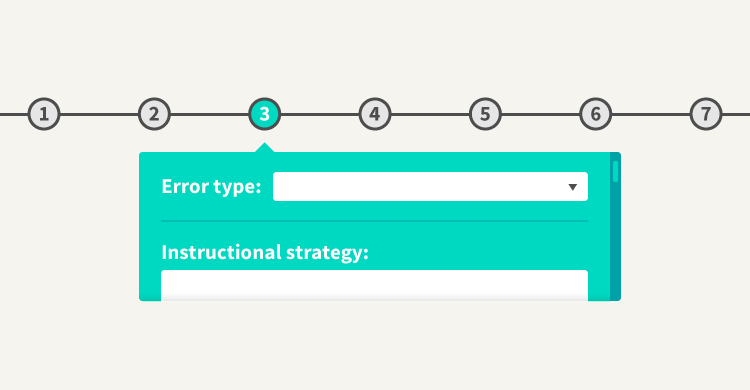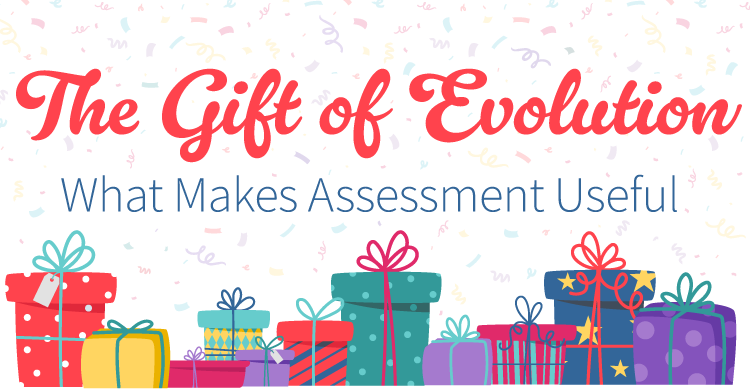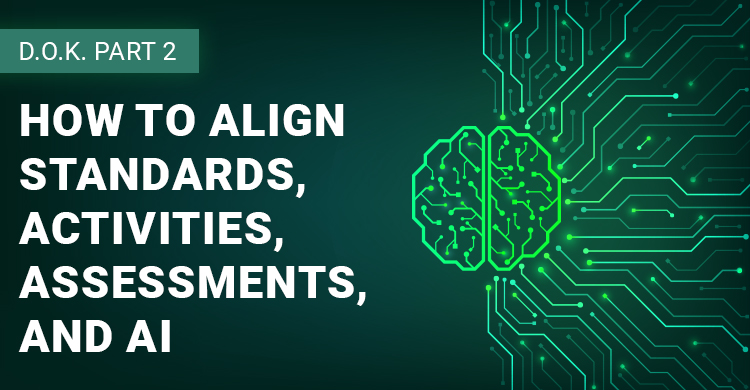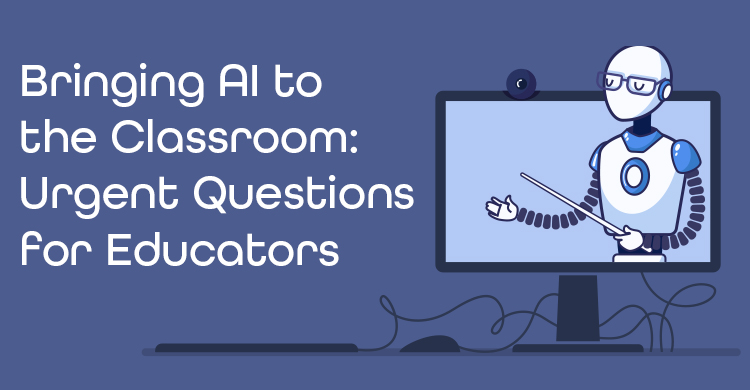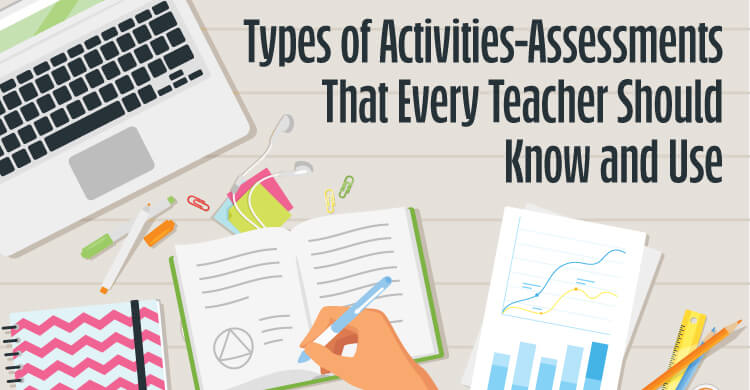Assessment is a classroom tool that must be used to build hope and efficacy in learners. It must provide learners with the necessary information that they need to be able to make instructional decisions to support academic gains.
Too often, our assessments are returned to learners with any number of markings on them (total number wrong, percent correct, grades, rubric scores or scale score, standard based achievement levels, stickers or stamps, etc.) that do not help the learner understand exactly what went wrong.
Sometimes things are marked wrong because of simple mistakes. Simple mistakes include misreading the question, not following the directions, skipping key words, and so on. Simple mistakes are evident when there is evidence from previous assessments or within the current assessment that the learner understood the concepts or the reasoning involved. Simple mistakes do not require significant intervention time for the learner, unless there is a consistent pattern of the learner making consistent mistakes. But at that point, the intervention would only involve providing the learner with test taking strategies such as slowing down, re-reading, and double checking answers. Simple mistakes should never generate interventions that require reteaching.
The greater challenge is when things are marked wrong because of errors. An error has occurred when there is little to no evidence that the learner has any understanding of the concepts, processes, or reasoning required for the task at hand. When learners are being assessed on a single learning target, they might generate multiple kinds of errors. For example, when learners were asked to draw conclusions, their teachers noted four types of errors within the student responses:
- Restating explicit text
- Identifying faulty or inappropriate evidence
- Using singular or insufficient evidence
- Employing weak reasoning or faulty logic
Each type error requires a very different instructional response from teachers and even from the learners. When teachers use collaborative common assessments to identify errors, they can generate focused, targeted, instructional responses in their efforts to reteach. More importantly, when learners engage in working collaboratively to analyze samples of anonymous work and identify the types of errors made, they can begin to identify their own areas for growth and then make better decisions to support their own success.
When teachers and learners use assessment to better understand error, they can maintain a sense of hope because the pathway to fixing it can become more clear. When errors are specifically identified, learners have information, rather than calculations. In that way, assessment can be used to support continued learning.
[author_bio id=”68″]


